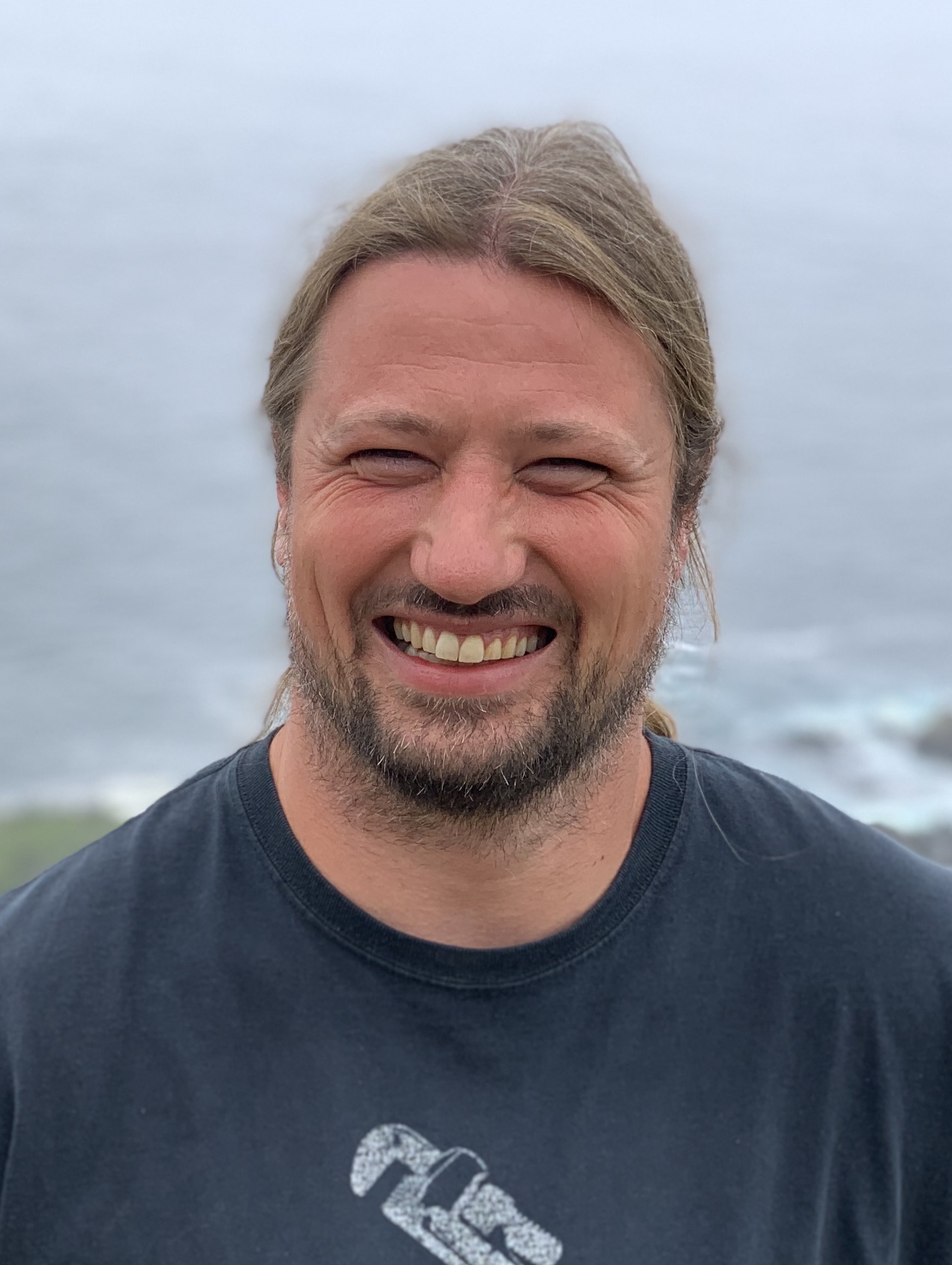Fieldwork
For a thorough study of geobiology (or environmental microbiology) I believe it is vital to combine observations from the field with experiments in the lab. More recently, a third component can be added to the list: sequence analysis, and bioinformatics more broadly. On the “in Situ”, “in Vitro”, and “in Silico” pages of this site, I highlight some of my research and teaching efforts in these three components of geobiology.
This page is dedicated to my fieldwork and fieldsites.
Teaching
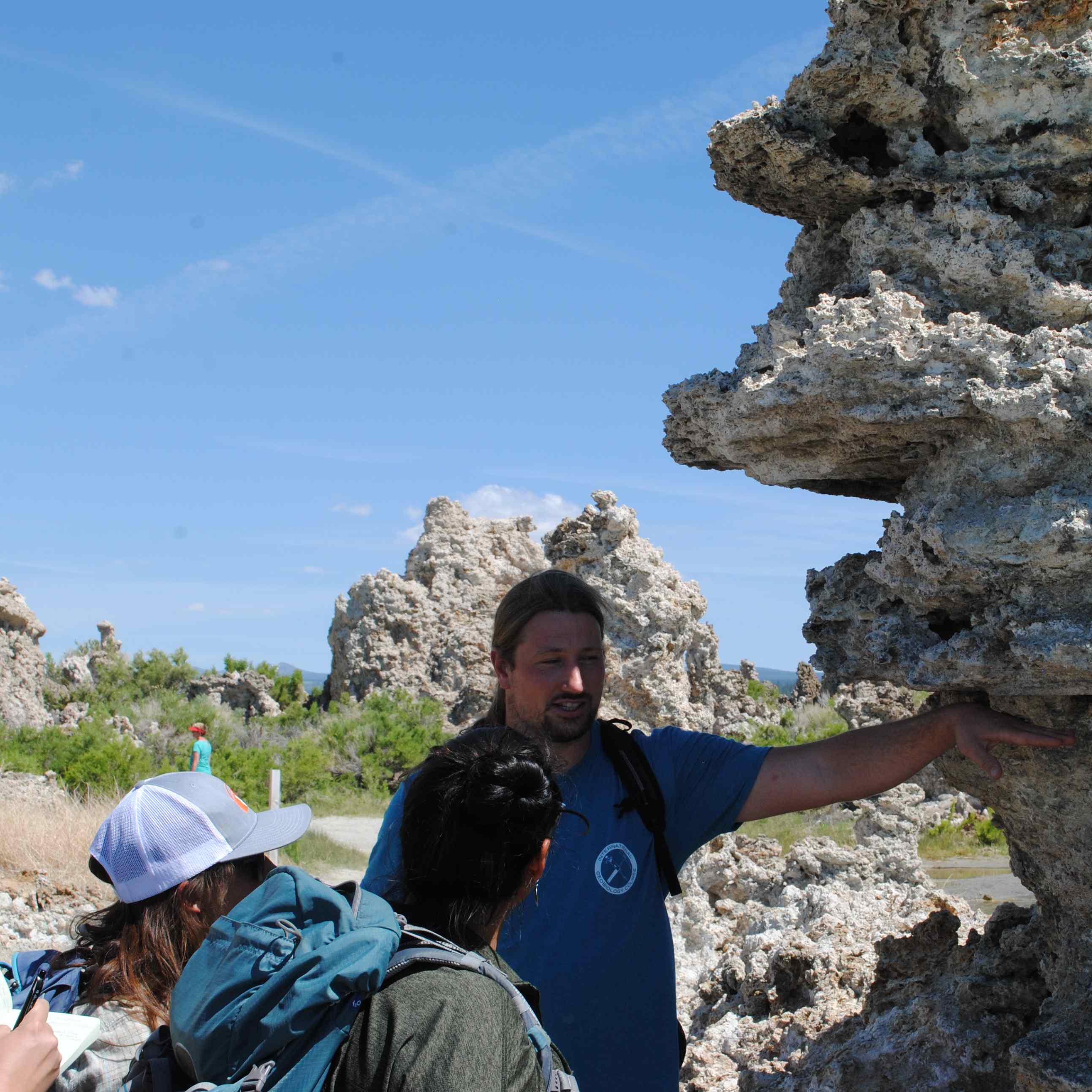
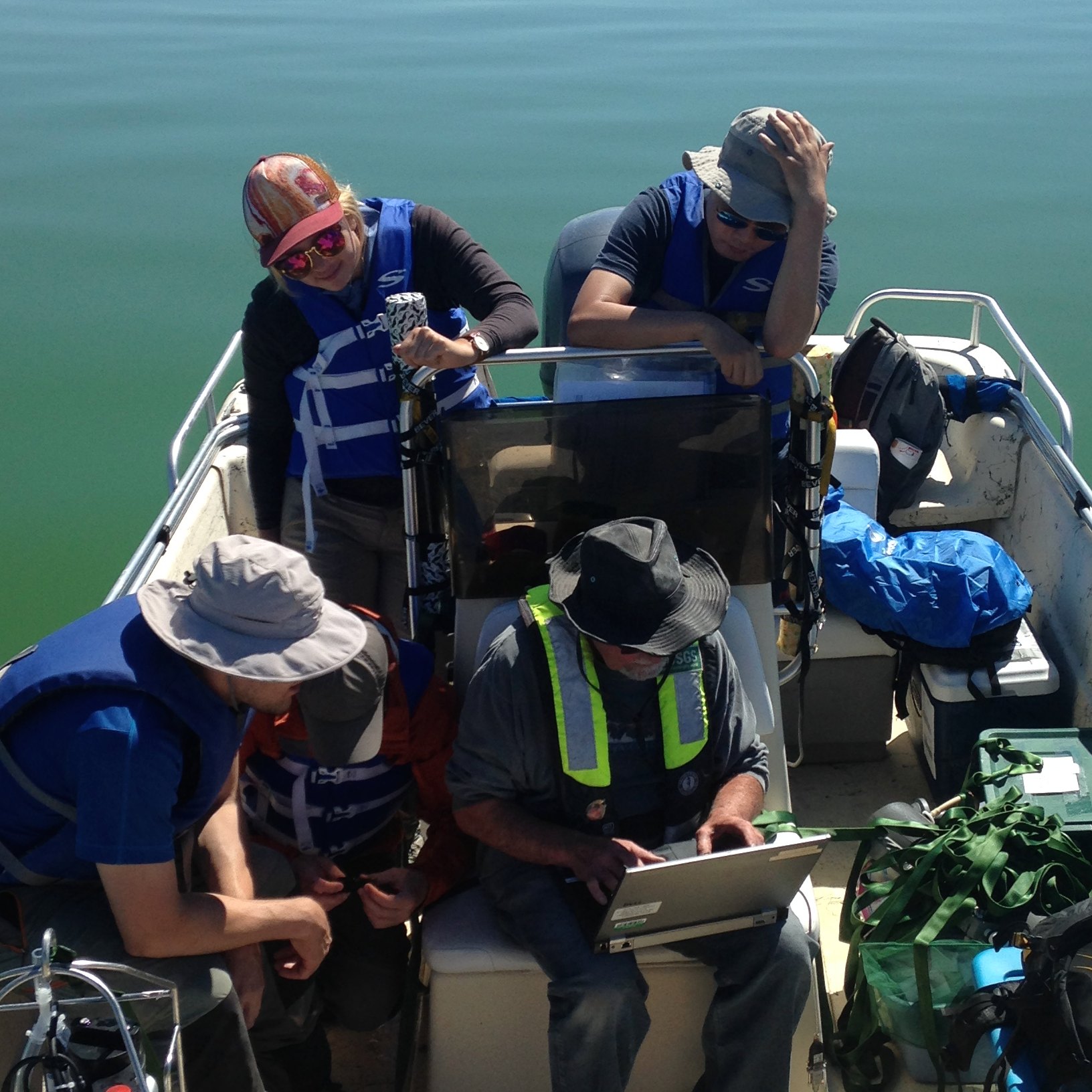
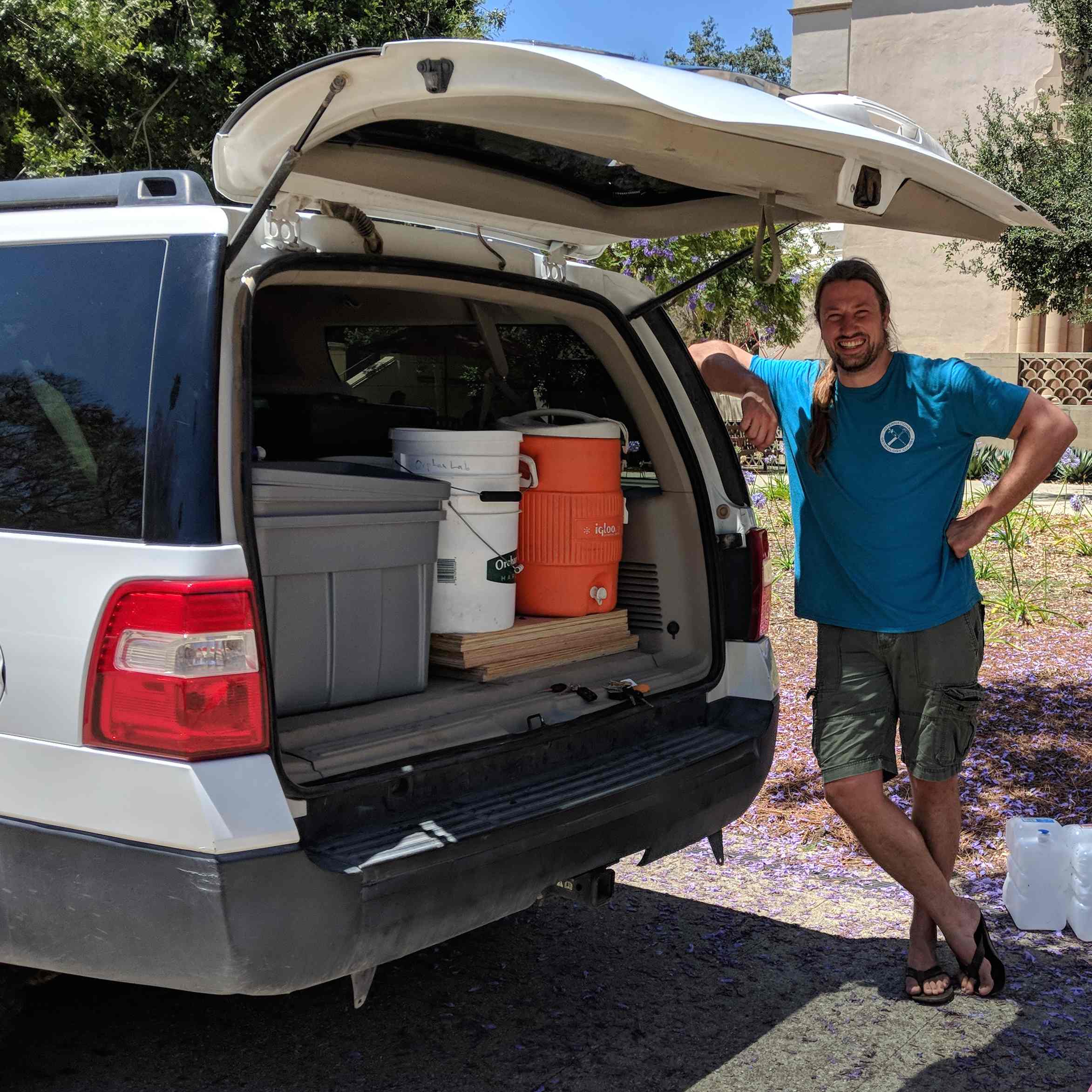
Most of my experience teaching fieldwork has come from my role as one of the lead TAs for the
International Geobiology Course (or GeoBio course for short) from 2017 to 2019.
The 2020 course was cancelled due to the COVID19 pandemic.
This five-week intensive course is currently run by Prof. Alex Sessions, Prof. Victoria Orphan, and Prof. Woody Fischer, professors in geobiology at Caltech.
During the course, students get a taste of fieldwork with a focus on (micro)biology and/or geology on a ~10 day field trip.
The field sites with more emphasis on (micro)biology the course visited during my tenure as TA included Mono Lake,
the hot springs of Little Hot Creek, and the tar seeps of sulfur mountain.
My involvement in the GeoBio course has been one of the most rewarding experiences of my time at Caltech.
Research
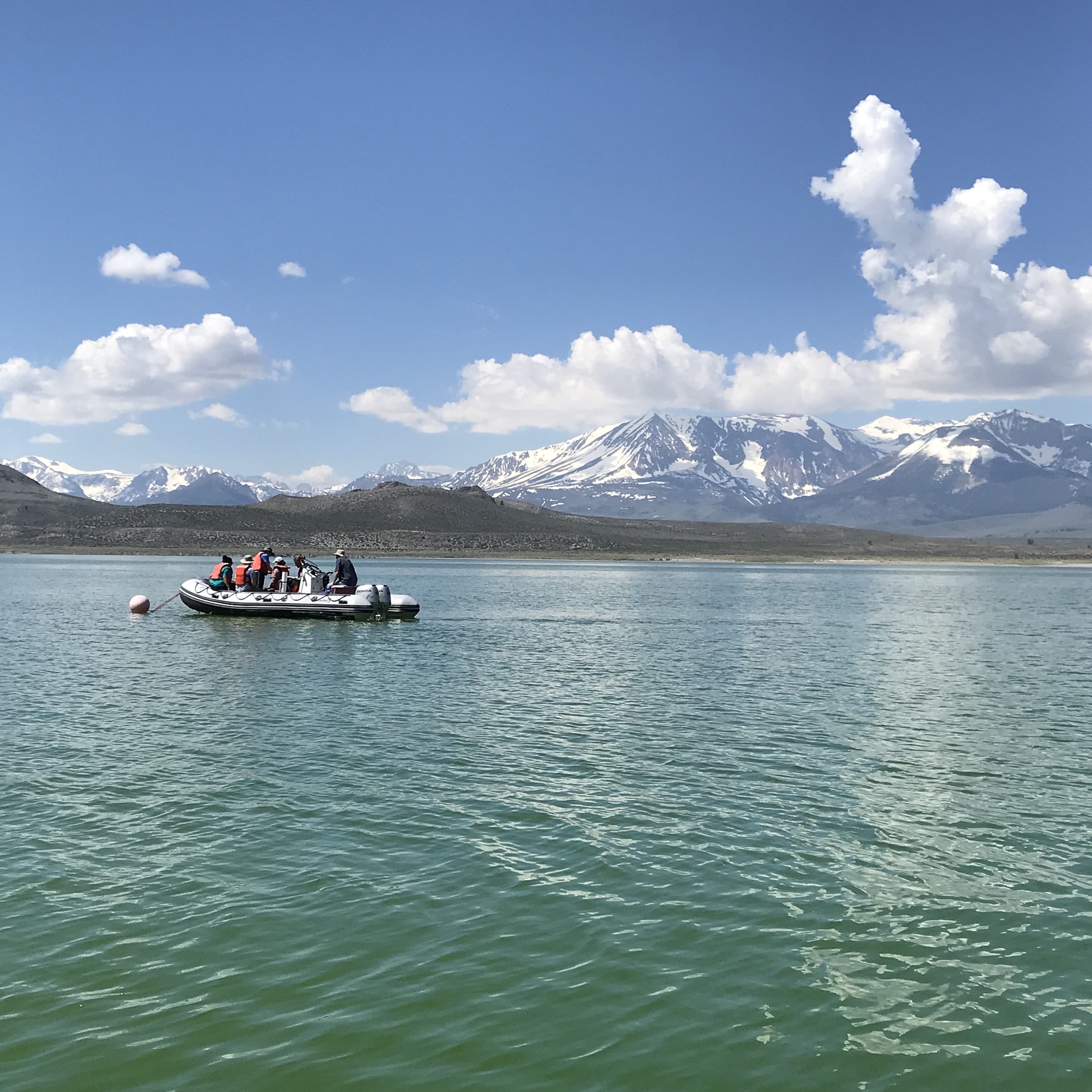
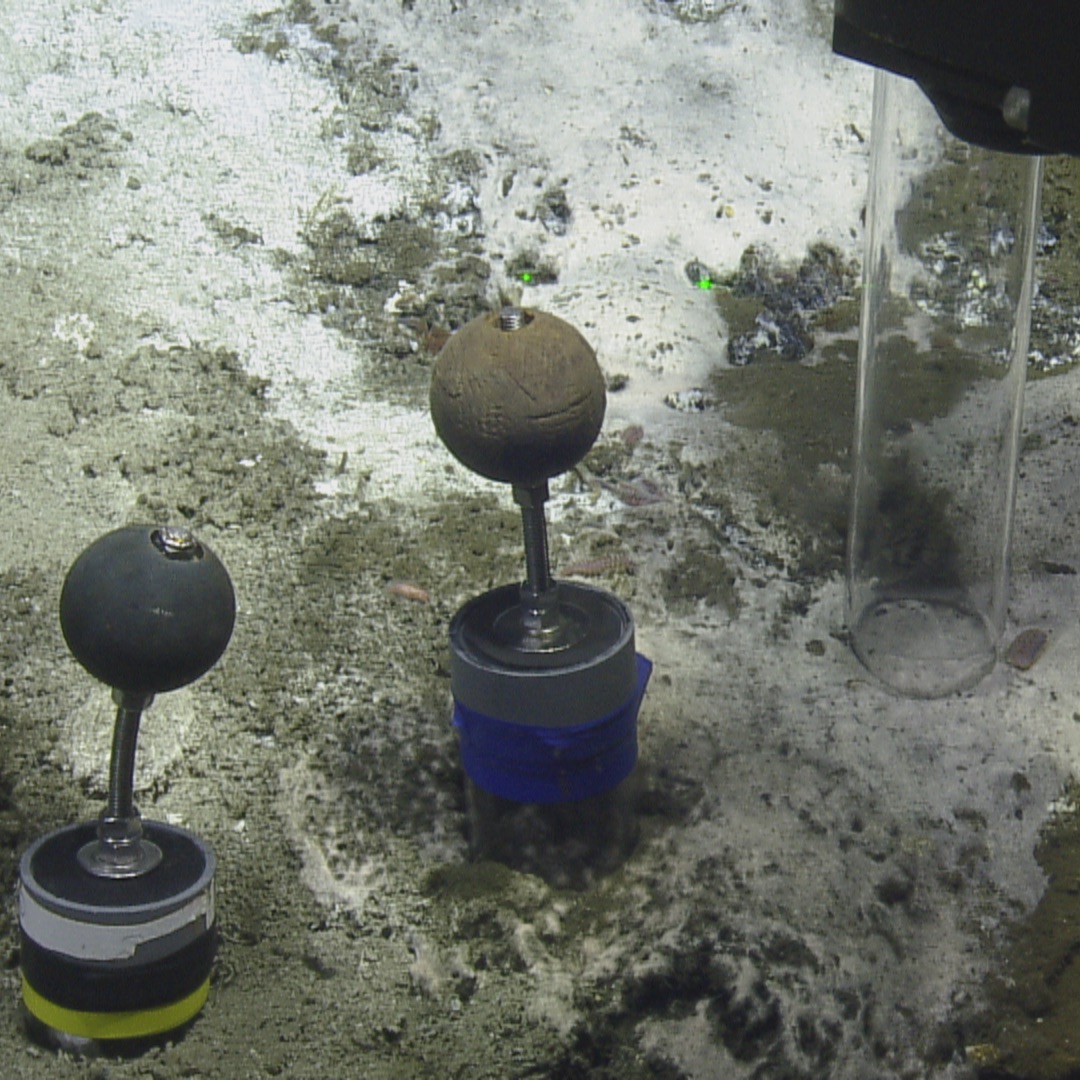
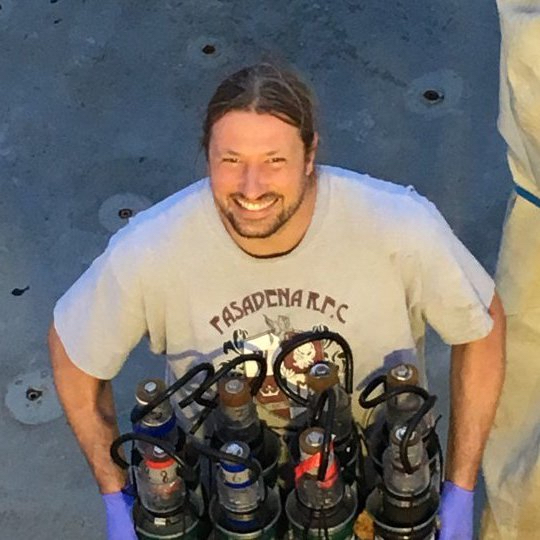
Pescadero Basin
My primary field site while in the Orphan lab is Pescadero Basin, a deep pull-apart basin at the southern edge of the Gulf of California. First discovered
in by researchers from the Monterey Bay Aquarium Research Institute
in 2015 the hydrothermal vent field
at Pescadero Basin is the deepest known vent field in the Pacific Ocean. I have had a chance to visit this site on two occasions,
in November 2017 on the E/V Nautilus, and in
November 2018 on the
R/V Falkor.
Pescadero Basin is especially exciting because its location at the southern tip of the Gulf of California
provides a unique point of comparison with the well-studied hydrothermal vent field at Guaymas Basin. The combination of the similarity in geological
context between these two sites, and their marked differences in depth and organic load creates an exciting opportunity to pull apart the factors
shaping the microbial communities at hydrothermal vents.
Mono Lake
In the context of the International Geobiology Course, we have sampled hypersaline soda lake Mono Lake, on the eastern side of the Sierra Nevada
mountain range in California, USA. In addition to the sampoling we have conducted during the course field trip in June, we have been able to sample
timepoints in Spring and Fall, over a 4-year period. This time series coincided with the onset of a multi-year meromixis event, and we have been able
to follow the changes in geochemistry and microbial community resulting from this stratification. There are many facets to, and collaborators on,
this field site, but the project recording the changes over time in the Mono Lake water column community was led by
Alexandra Phillips.
Olburgen Wastewater treatment facility
The fieldwork during my PhD thesis research involved a 45 minute drive to the Wastewater treatment facility in Olburgen, The Netherlands.
This treatment plant processes both municipal and industrial (potato processing) wastewater, and it is the latter that I studied. The facility
for the treatment of potato processing wastewater in Olburgen is very advanced (paywalled link, unfortunately),
and incorporates one of the first anammox reactors operating in the main line of a wastewater treatment facility. This reactor allowed us to study
how the theory behind partial-nitritation/anammox worked out in practice. While visually less exciting than hydrothermal vents at the bottom of the
ocean, or bright green Mono Lake against a backdrop of a snow-capped mountain range, wastewater treatment plants offer exciting opportunities for
microbial ecology!
